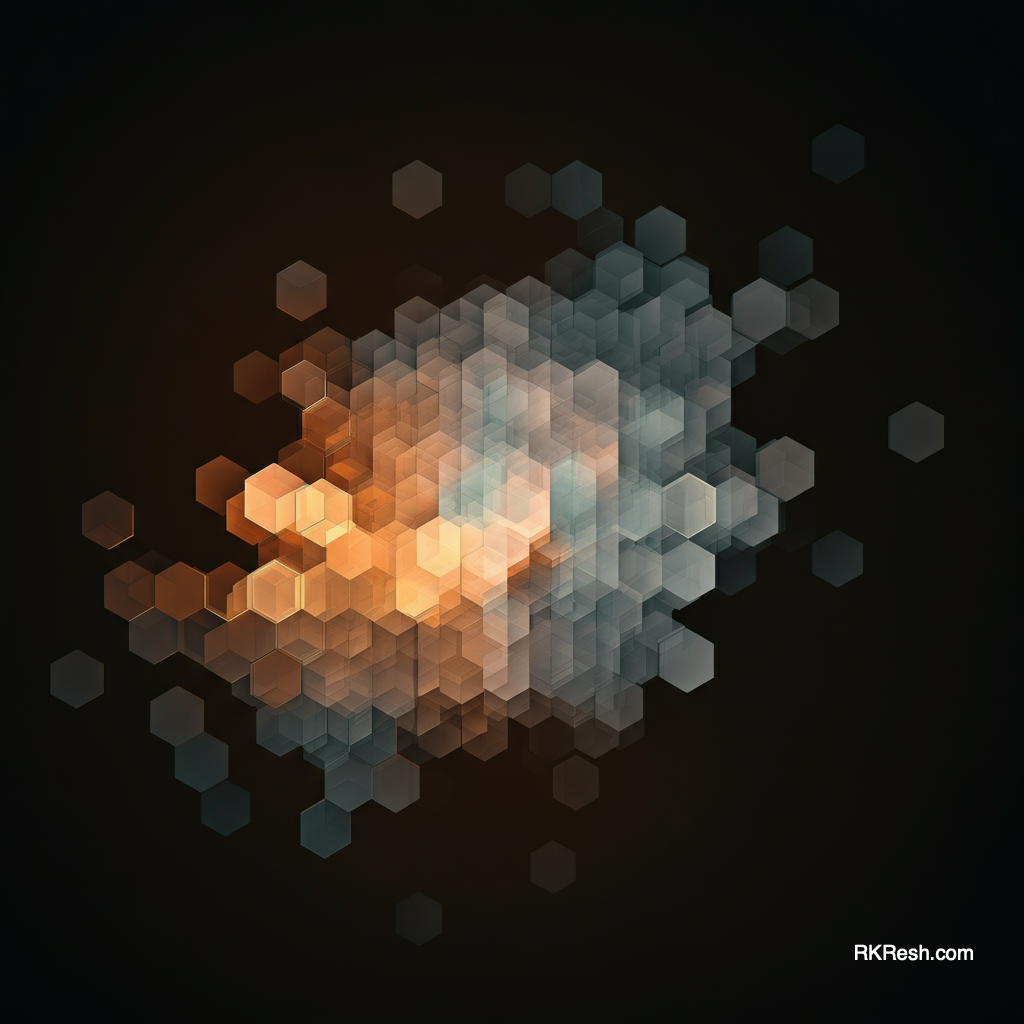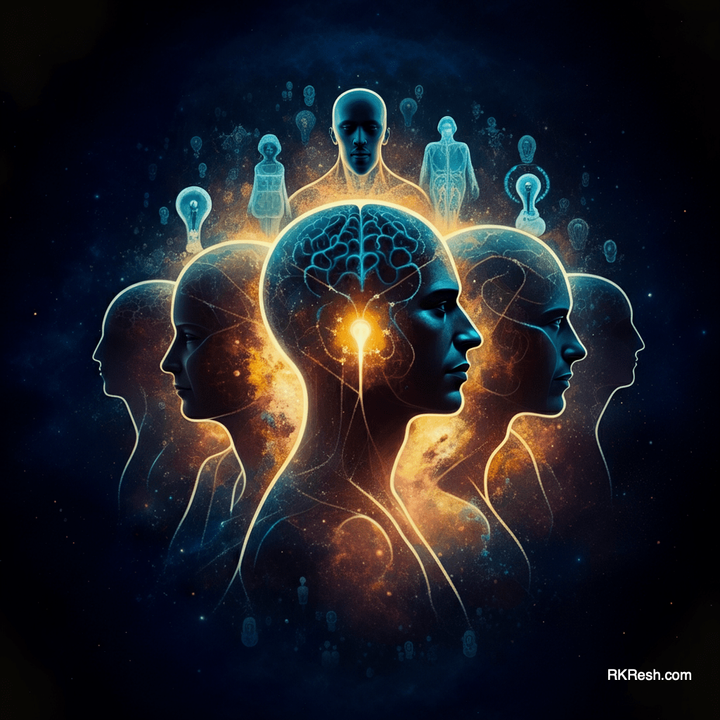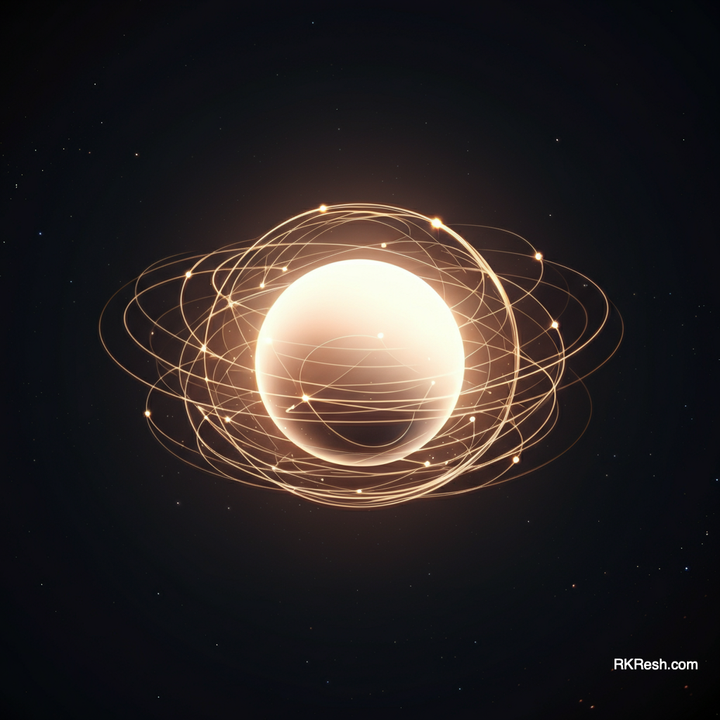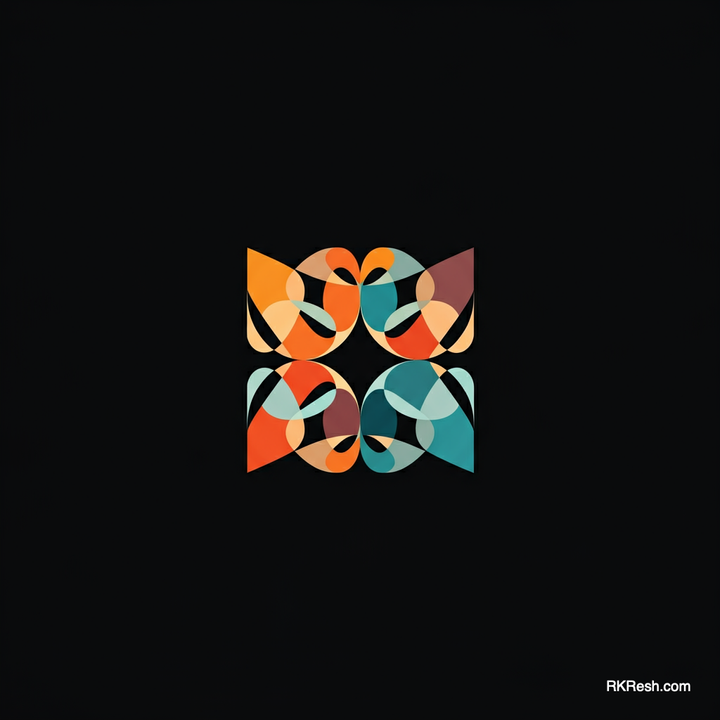Chaos to Coherence—The Patterns Hidden in Disorder
Coherence does not come from forcing order. It comes from allowing and observing, from letting the forms align in their own time, which sounds like an intricate dance between the neurodivergence and neurotypicality to me.

Chaos has earned a reputation as something undesirable—something to be corrected or erased. But as anyone who’s traced the path of stars or watched the ripples of water knows, chaos is not a lack of order. It is order we cannot yet see. But it always comes through, if we allow it to breathe.
Imagine a jumble of shapes and lines, scattered and blurred. At first glance, they seem devoid of purpose. Yet as time passes, those same shapes begin to melt into a structured mosaic, their facets revealing a harmony that once felt impossible. This transition—from perceived chaos to clarity—is the very nature of coherence. It is what life—and thought—is always reaching toward.
Neurodivergent creativity often embodies this hidden harmony. To the outside observer, it may feel messy, incomplete. Linear sight struggles to see where it leads. Yet within those layers of complexity lies the seed of a coherent whole, visible only to those willing to look beyond the surface. This gift—to see the harmony within fragmentation—is perhaps where the neurodivergent approach shines brightest.
Let’s talk about this gift—it exists on a spectrum, just like everything else in the Universe. It’s a gradient of expression, full of beauty and potential, almost overwhelming when you really think about it. Lately, though, it feels like there’s a trend of marginalizing neurotypical ways of thinking, even criticizing them outright. But that’s not the right approach.
This isn’t about neurodivergent vs. neurotypical—it’s not some binary conflict. Life is more complex than that, wouldn’t you agree? Instead, imagine this: take someone who’s super neurotypical (whatever that might mean) and someone who’s super neurodivergent (again, just a concept), and picture the space between them. Now, mentally “hug” that space, stretch it around, play with its infinity. What if that space—the in-between—is where all our truths reside? It’s where ideas weave together, breaking apart and recombining into stunningly intricate patterns of coherence and chaos.
What if that space—the in-between—is where all our truths reside?
Here’s the thing: the ability to scatter and find harmony within fragmentation is often a strength of neurodivergence (or as I like to call it, the “neurospicy” world). But doesn’t the existence of fragmentation also make harmony possible? It’s not about choosing one or the other. It’s about embracing the whole spectrum and exploring what’s possible when we hold all these truths together.
What do you think?
The challenge, then, is not in eliminating chaos but learning to sit with it. To trust that the pieces, seemingly divergent and scattered, belong to a greater picture we do not yet understand. Coherence does not come from forcing order. It comes from allowing and observing, from letting the forms align in their own time, which sounds like an intricate dance between the neurodivergence and neurotypicality to me.
When we honor the beauty of chaos, we realize it is not our enemy but our teacher. If we let it guide us, the patterns will always emerge.




Comments ()